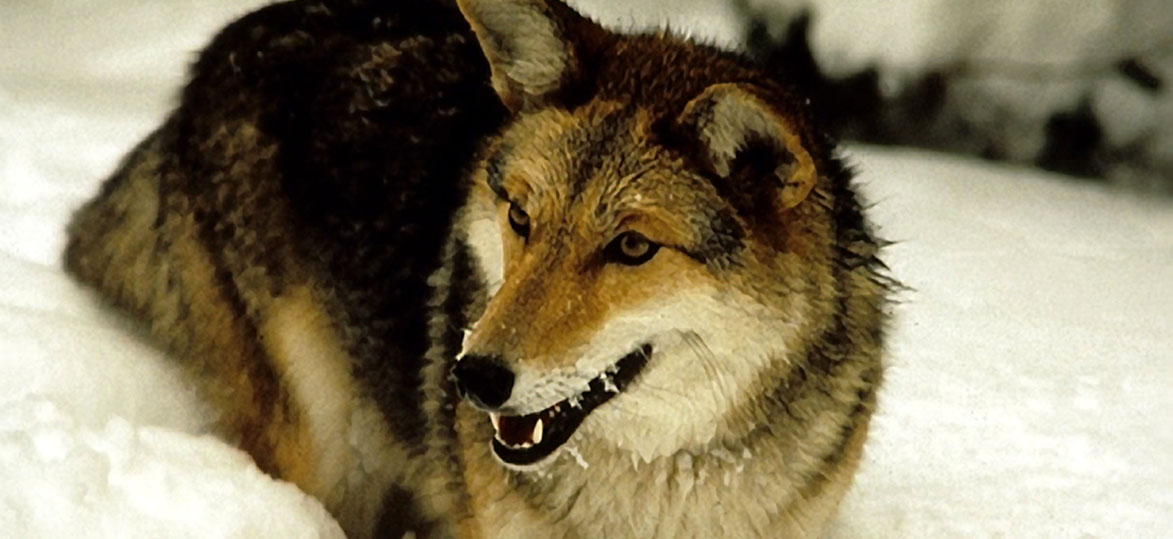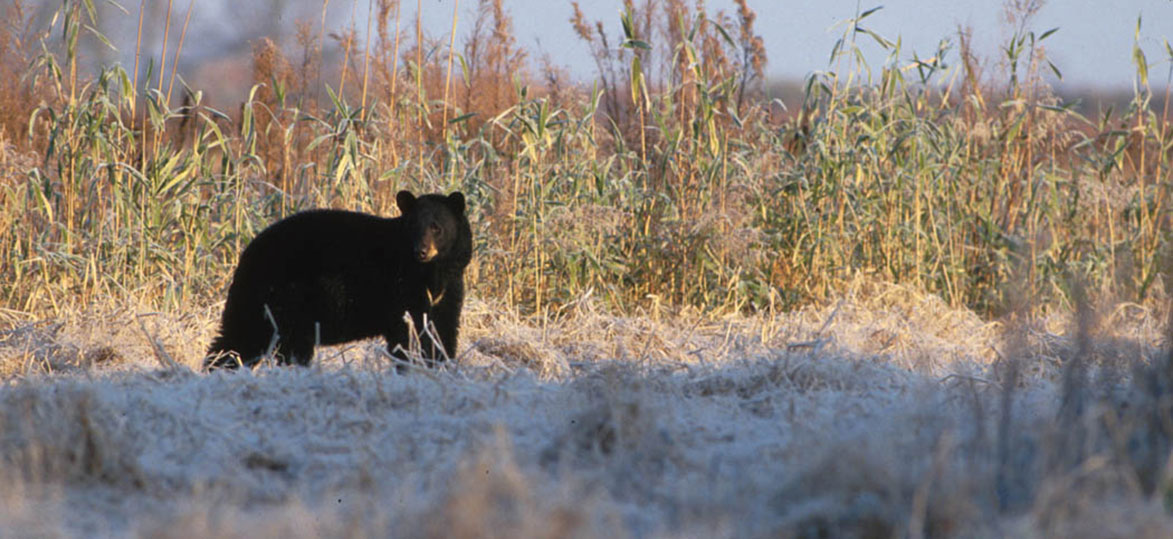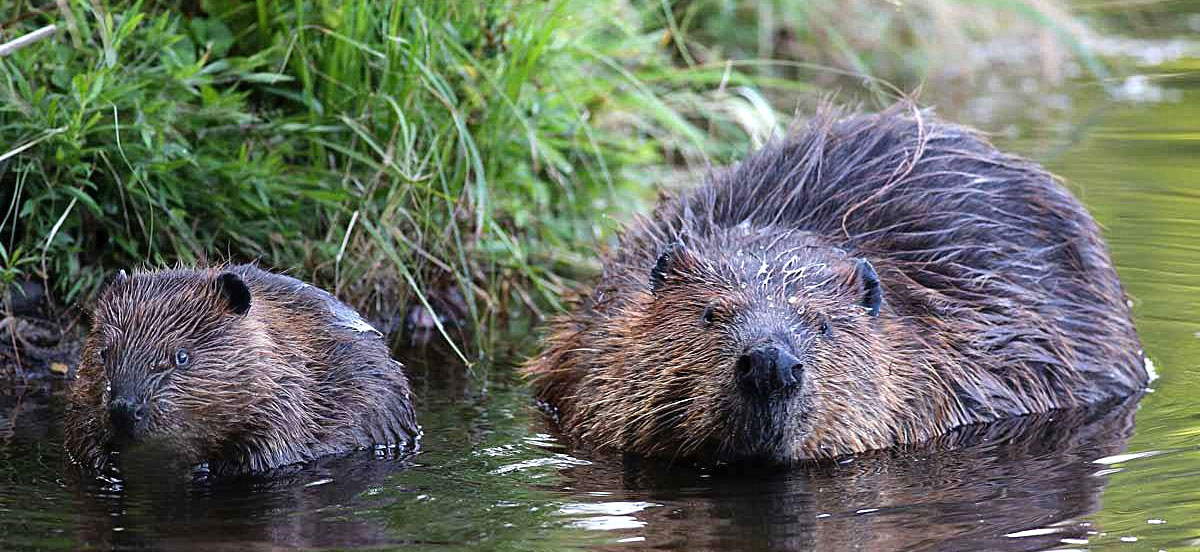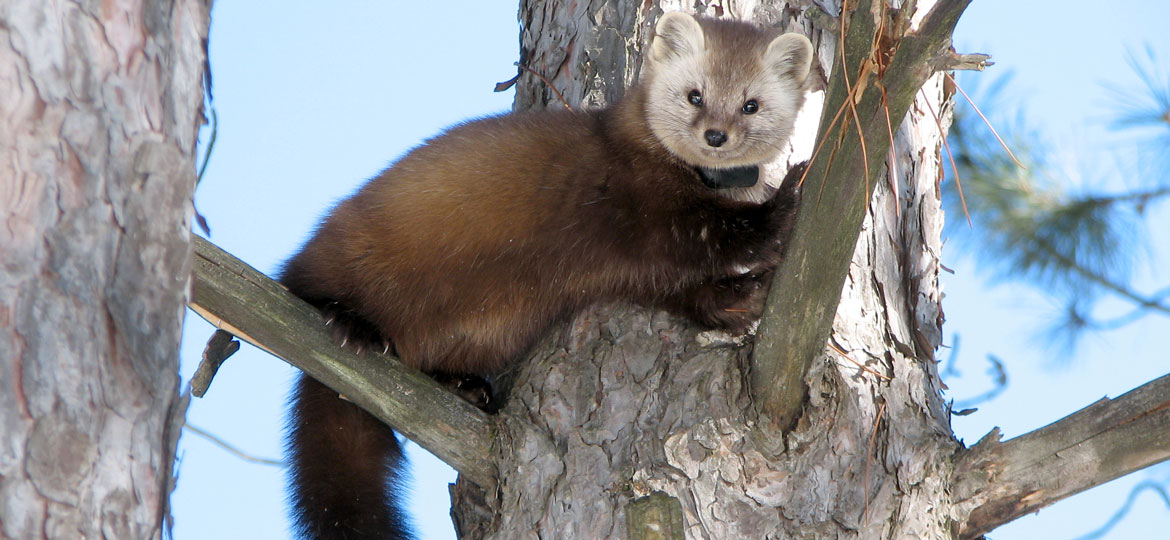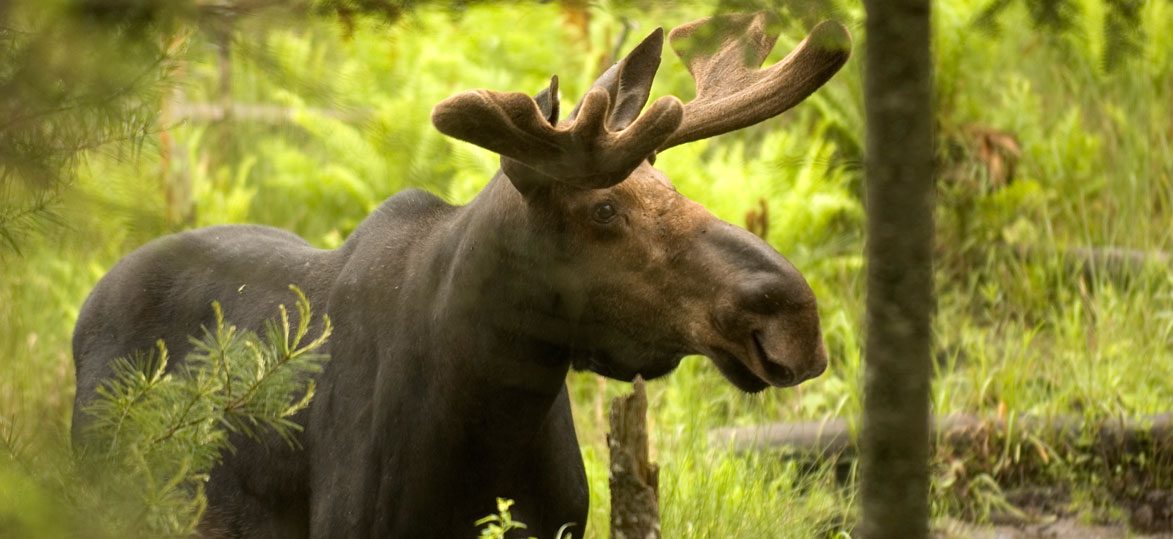Eastern Bobcat
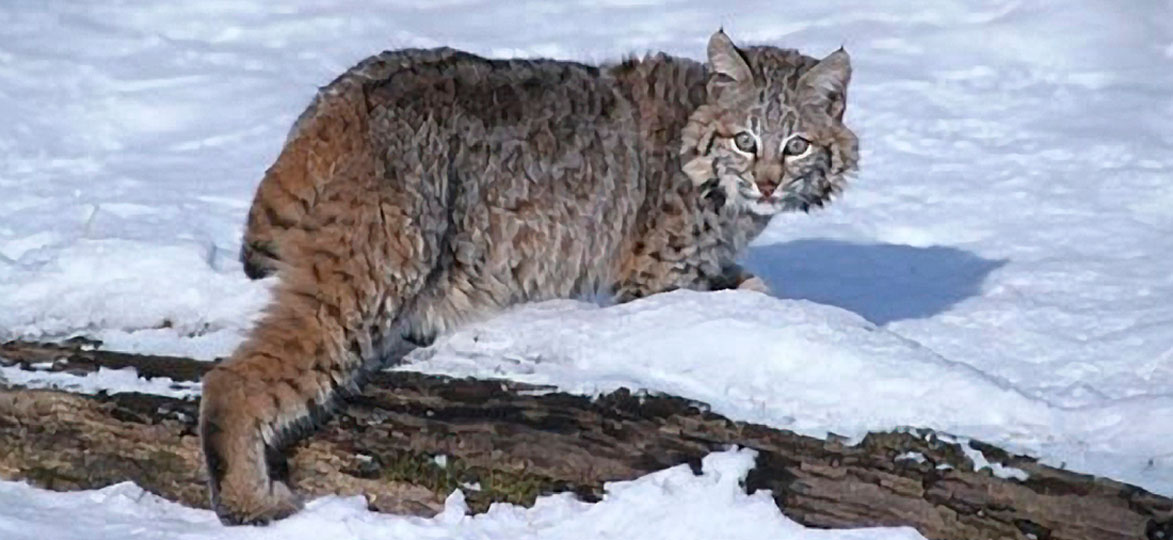
Two "wildcats" are found in Vermont, the eastern bobcat (Lynx rufus rufus) and the Canada lynx (Lynx canadensis canadensis). The eastern bobcat is sometimes referred to as the bay lynx, while the Canada lynx is referred to simply as the lynx.

